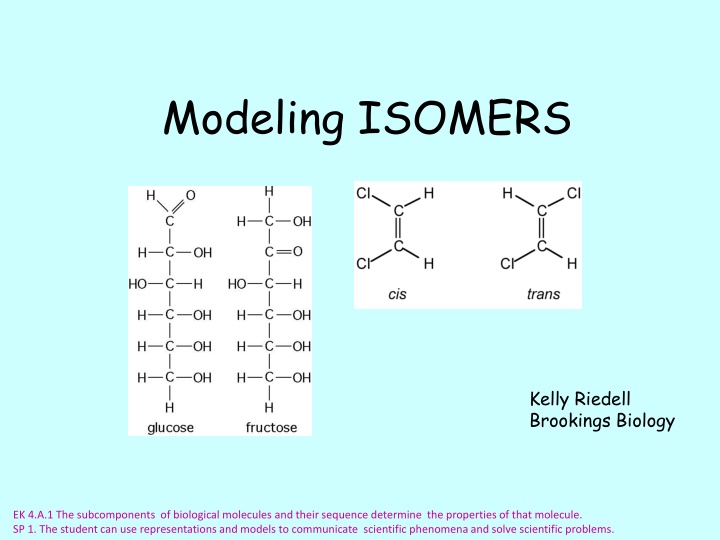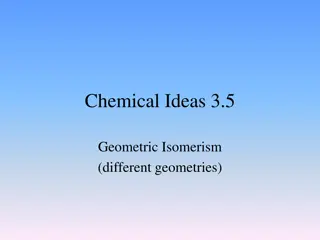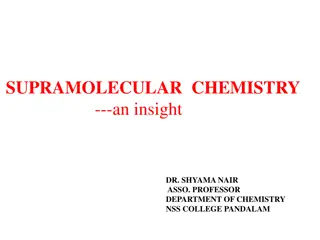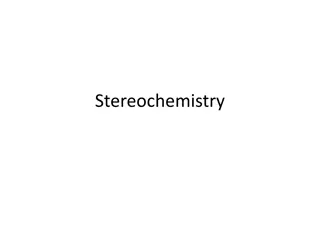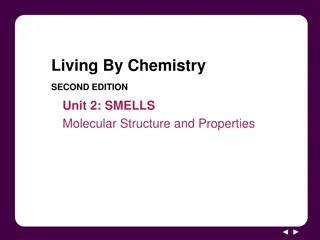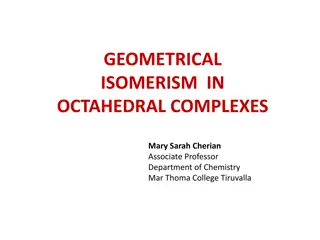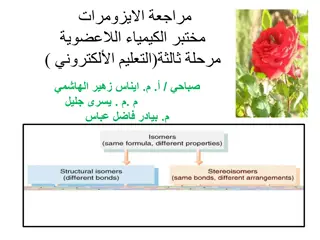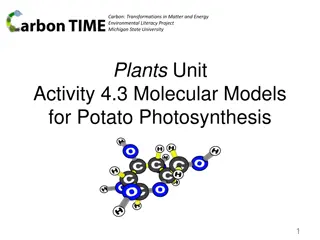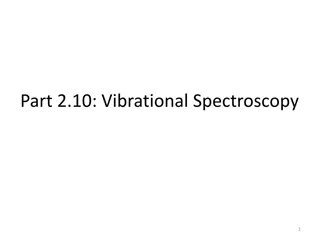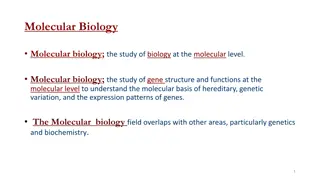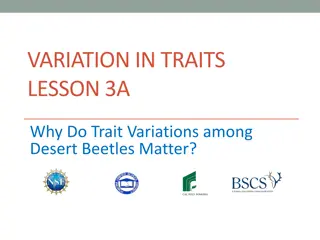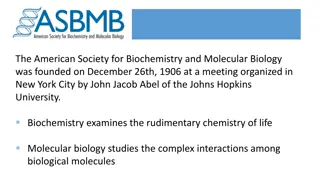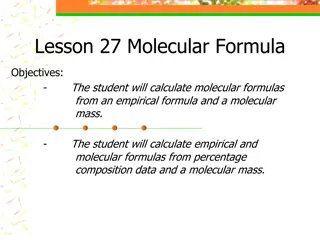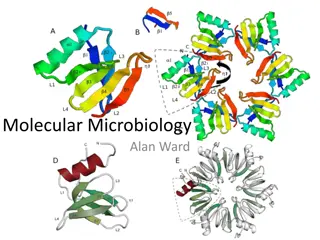Isomers: Molecular Variations and Properties
In the realm of biology and chemistry, the structural arrangement of atoms within molecules plays a crucial role in determining their distinct properties. Isomers, including structural and geometric forms, showcase how subtle differences in configuration can lead to varied characteristics. Understanding the disparities between isomers and isotopes, as well as exploring their implications in scientific phenomena, enhances our comprehension of molecular behavior and interactions.
Download Presentation

Please find below an Image/Link to download the presentation.
The content on the website is provided AS IS for your information and personal use only. It may not be sold, licensed, or shared on other websites without obtaining consent from the author.If you encounter any issues during the download, it is possible that the publisher has removed the file from their server.
You are allowed to download the files provided on this website for personal or commercial use, subject to the condition that they are used lawfully. All files are the property of their respective owners.
The content on the website is provided AS IS for your information and personal use only. It may not be sold, licensed, or shared on other websites without obtaining consent from the author.
E N D
Presentation Transcript
Modeling ISOMERS Kelly Riedell Brookings Biology EK 4.A.1 The subcomponents of biological molecules and their sequence determine the properties of that molecule. SP 1. The student can use representations and models to communicate scientific phenomena and solve scientific problems.
Make a molecule with 3 carbon atoms 7 hydrogen atoms 1 chlorine atom Compare your model with someone else. Are these the same or different substances?
STRUCTURAL ISOMERS http://homepages.ius.edu/DSPURLOC/C122/images/structure.gif
STRUCTURAL ISOMERS http://kel-tay-lii.wikispaces.com/file/view/liner_glucose_galactose_and_fructose.jpg/296693972/314x214/liner_glucose_galactose_and_fructose.jpg
http://images.tutorcircle.com/cms/images/44/isotopes-of-carbon.pnghttp://images.tutorcircle.com/cms/images/44/isotopes-of-carbon.png How are ISOMERs different from ISOTOPES? ISOMER ISOTOPE Atoms with same number of protons and electrons but different numbers of neutrons Same atomic number; different atomic mass Molecules with same number and kinds of atoms but arranged in different ways Same chemical formula Can show different properties Some can be radioactive
GEOMETRIC ISOMERS Structural isomers: differ from each other in the arrangement of groups with respect to a double bond, ring, or other rigid structure. http://cnx.org/resources/f3e046c6759f35392adfb71267acaa03/Fig2.jpg
GEOMETRIC ISOMERS Make a model of a MOLECULE WITH 1 double bond between 2 CARBONS Make a model of a GEOMETRIC isomer for this molecule. Show your neighbor. Are these geometric isomers? DRAW a picture of your isomers in your BILL. LABEL cis and trans forms How are cis and trans isomers different?
RHODOPSIN in rod cells contains RETINAL molecules INACTIVE form RETINAL changes from cis to trans forms when struck by light Activated form sends electrical impulses to brain that are interpreted as light VIDEO How does the presence of a cis- double bond affect the SHAPE of the retinal molecule AND its FUNCTION? ACTIVATED FORM RETINAL = derived from vitamin A (why a lack of vitamin A causes vision problems). http://www.chemistry.wustl.edu/~edudev/LabTutorials/Vision/images/Isomerization.jpg
ENANTIOMERS Molecules with an ASYMMETRIC CARBON can make mirror-image enantiomers = CARBON attached to 4 DIFFERENT atoms/groups http://www2.lbl.gov/Science-Articles/Archive/assets/images/2002/Apr-22-2002/Enantiomers.jpg
ENANTIOMERS http://www.avogadro.co.uk/organic/enantio.gif
Thalidomide http://2.bp.blogspot.com/-5hOytpGZBzg/Tfi6vUcyxgI/AAAAAAAAJnM/Lu0YT3yC8dA/s1600/optical+isomers+2.jpg
Thalidomide http://www.chm.bris.ac.uk/motm/thalidomide/first_pic.jpg
L-Dopa vs D-Dopa http://o.quizlet.com/olaHF4dORR8vnqzIABRD1Q_m.jpg http://cp91279.biography.com/1120330742/1120330742_1713651343_bio-michaeljfox-parkinsons-97481438001.jpg?pubId=1120330742
Make a model of a 1 carbon molecule that has an ASYMMETRIC CARBON. Make a model of a ENANTIOMER isomer for this molecule. Show your neighbor. Are these enantiomers? DRAW a picture of your isomers in your BILL. Give an example of enantiomer isomers with different biological properties
Does this molecule have an asymmetric carbon? If so, which one is asymmetric? Would you expect this molecule to exist as enantiomer isomers?
